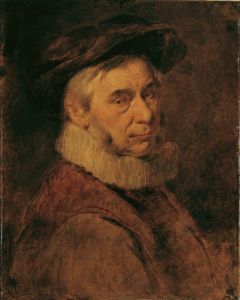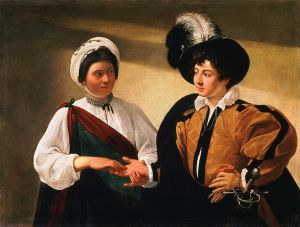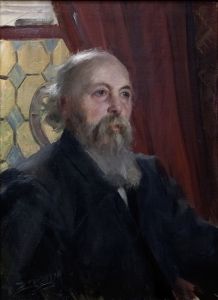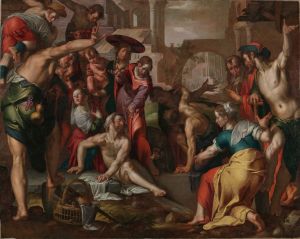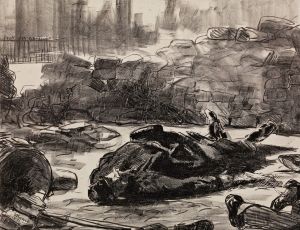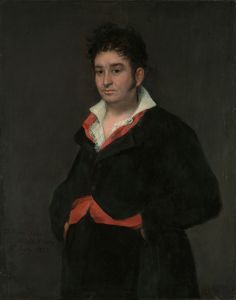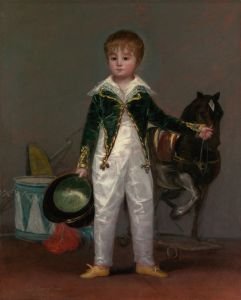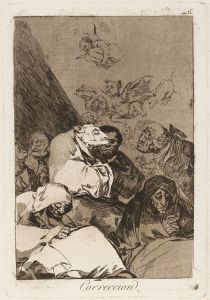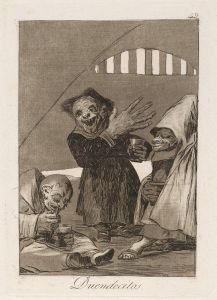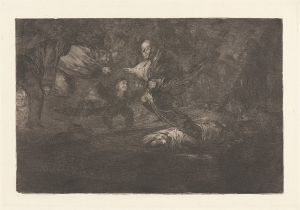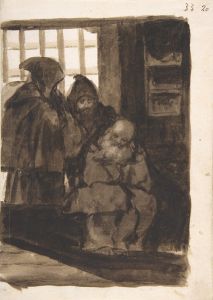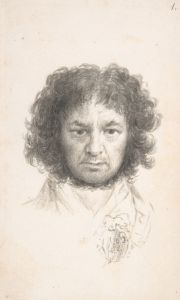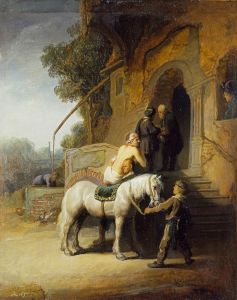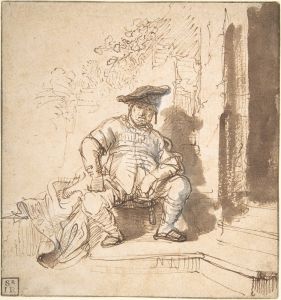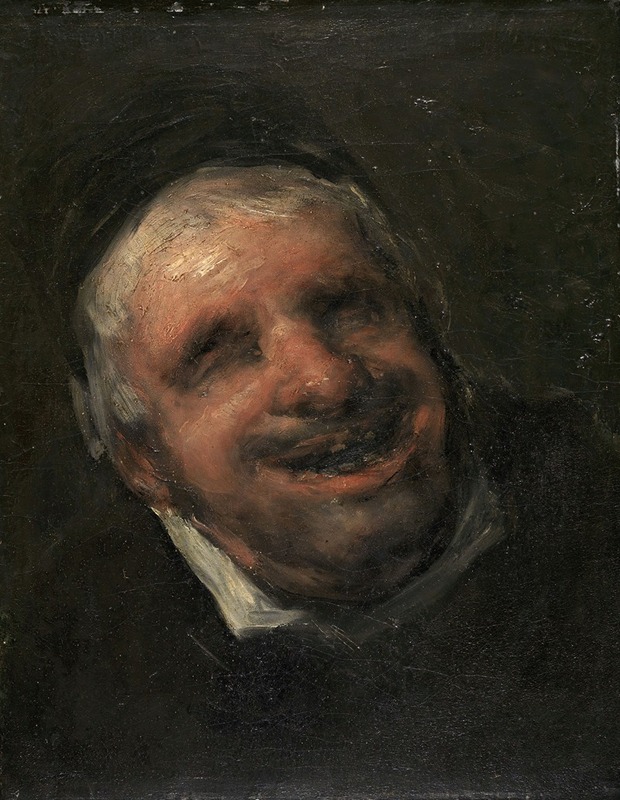
El tío Paquete
A hand-painted replica of Francisco de Goya’s masterpiece El tío Paquete, meticulously crafted by professional artists to capture the true essence of the original. Each piece is created with museum-quality canvas and rare mineral pigments, carefully painted by experienced artists with delicate brushstrokes and rich, layered colors to perfectly recreate the texture of the original artwork. Unlike machine-printed reproductions, this hand-painted version brings the painting to life, infused with the artist’s emotions and skill in every stroke. Whether for personal collection or home decoration, it instantly elevates the artistic atmosphere of any space.
Francisco de Goya, one of Spain's most renowned painters, created the artwork known as "El tío Paquete" during the early 19th century. This painting is part of Goya's series of works that capture the essence of Spanish life and its people, often highlighting the social conditions and characters of his time.
"El tío Paquete" is a portrait that depicts a street character from Madrid. The title translates to "Uncle Package," which was likely a nickname for the subject of the painting. Goya was known for his ability to capture the personality and essence of his subjects, and this work is no exception. The painting portrays an elderly man with a weathered face, dressed in simple, somewhat tattered clothing, which suggests his humble social standing. His expression is one of resilience and character, reflecting the hardships and experiences of his life.
Goya's technique in this painting is notable for its loose brushwork and the use of a muted color palette, which was characteristic of his later works. The background is kept simple and unobtrusive, focusing the viewer's attention on the subject. This approach allows the viewer to engage directly with the character of El tío Paquete, emphasizing the individuality and humanity of the man portrayed.
The painting is significant not only for its artistic qualities but also for its social commentary. During Goya's time, Spain was undergoing significant social and political changes, and his works often reflected the struggles and realities faced by ordinary people. By choosing to paint a figure like El tío Paquete, Goya was highlighting the existence and dignity of those who were often overlooked by society.
Goya's portraits, including "El tío Paquete," are celebrated for their psychological depth and realism. He had a unique ability to convey the inner life of his subjects, making them relatable and human. This painting is an excellent example of how Goya's work transcends mere representation, offering insight into the character and life of the individual.
"El tío Paquete" is housed in the Museo del Prado in Madrid, which holds one of the most comprehensive collections of Goya's works. The museum provides an opportunity for visitors to explore the breadth of Goya's artistic achievements and to appreciate the historical context in which he worked.
Overall, "El tío Paquete" is a testament to Francisco de Goya's skill as a portraitist and his commitment to portraying the diverse spectrum of human experience. Through this painting, Goya not only captures the likeness of a single individual but also offers a glimpse into the broader social landscape of 19th-century Spain.





